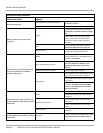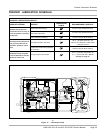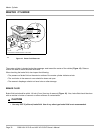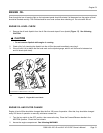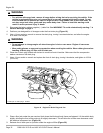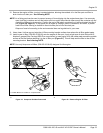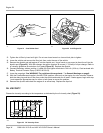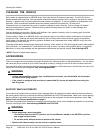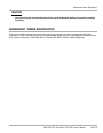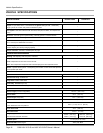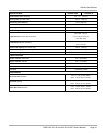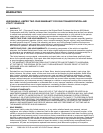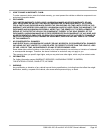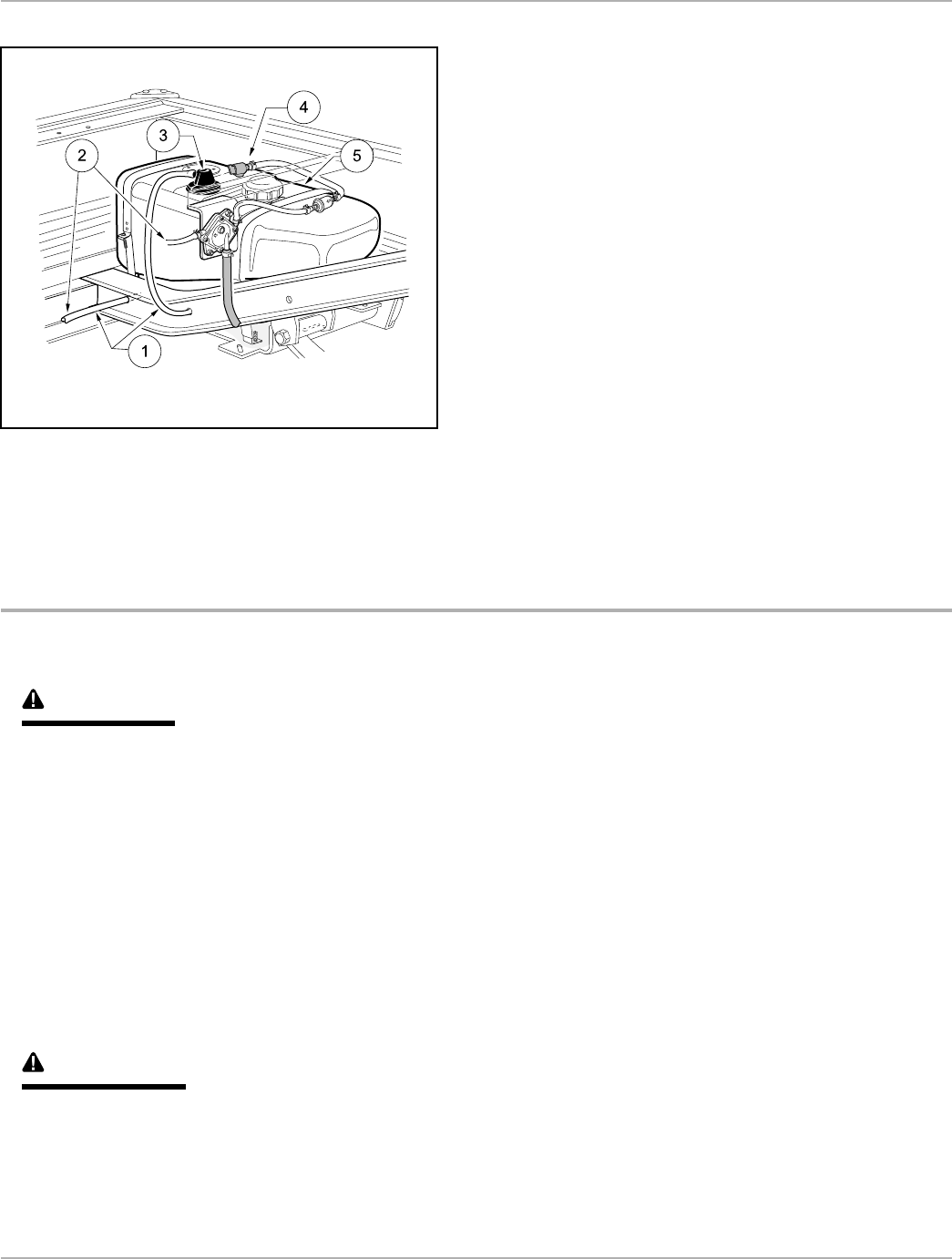
Battery
1
4
5
3
2
1. Vent Tube 2. To Carburetor 3. Vent 4. Fuel Shut-off Valve
5. Fuel Tank
173
Figure 24 Fuel Tank
BATTERY
See General Warnings on page 9.
DANGER
• Battery – Explosive gases! Do not smoke. Keep sparks and ames away from the vehicle and service
area. Ventilate when charging or operating vehicle in an enclosed area. Wear a full face shield and
rubber gloves when working on or near batteries.
• Tools, wires and metal objects can cause sparks when shorted across a battery. Follow all instructions
carefully when working with batteries.
• Charge battery in a well-ventilated area only.
• Battery – Poison! Contains acid! Causes severe burns. Avoid contact with skin, eyes or clothing.
Antidotes:
– External: Flush with water. Call a physician immediately.
– Internal: Drink large quantities of milk or water followed with milk of magnesia or vegetable
oil. Call a physician immediately.
– Eyes: Flush with water for 15 minutes. Call a physician immediately.
WARNING
• Do not jump-start a dead battery using another battery and jumper cables.
The battery in the vehicle is a 12-volt, low-maintenance battery that requires infrequent checks (Figure 25). Electrolyte
level should be checked semiannually.
1. Turn the key switch to the OFF position and remove the key. Place the Forward/Reverse handle in the NEUTRAL
position. Chock the wheels.
Page 36 2008 HUV 4213-G and HUV 4213-GXP Owner’s Manual



